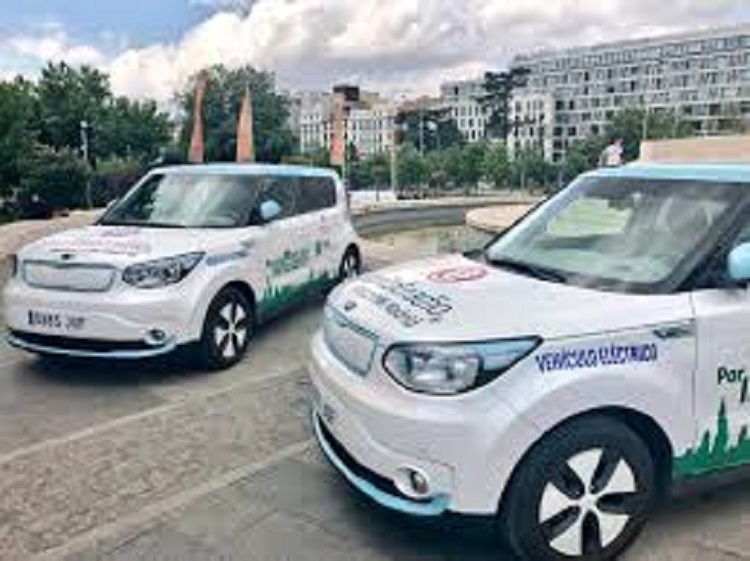Por ISABELLE RIO-LOPES
The car has long symbolised and facilitated personal liberation.
But now, congestion, connectivity and climate concerns are denting the popularity of the four-wheeled freedom machine. Frustratingly slow-moving traffic and increasing access restrictions are contributing to drivers rethinking their usage, particularly in urban environments.
In Singapore, São Paulo, London and Los Angeles drivers are exploring faster or more convenient alternatives, sometimes even giving up on cars completely. Pessimists would say it is a daunting scenario for auto brands and one that is compelling the most progressive players in the market to rethink their role in the world.
The reality is more complex and we should not forget pleasurable driving moments that enhance the emotional attachment many drivers still have with their car. To secure a role in the mobility landscape of tomorrow, auto brands need to coexist within the increasingly fluid connectivity and sharing environment. They must seize the moment to position themselves as a strong link in the transportation chain. And they should remember the importance of understanding consumer needs to ensure that the final product appeals strongly to the target audience.
Changing scenario
The most visionary are already doing it, by exploring smarter ways to stay relevant at crucial moments. One way is by partnering with other mobility players to offer innovative car sharing services. We have also seen others investing in e-hailing and P2P car-sharing such as GM with Lyft, Toyota with Uber and Mercedes Benz’s acquisition of Flightcar. Ford has gone a step further and created a separate entity — Ford Smart Mobility — designed to develop mobility services and invest in promising mobility-related ventures, collaborating with start-ups and tech companies.
Working together seems to be an expedient strategy right now, and not just with car-centric partners. Auto brands, public transport networks and technology innovators need to collaborate, integrate and evolve. Consumers tell us that seamless interconnectivity between all these mobility choices is critical.
The best mobility solutions are those, which address needs at the precise moment they are required.
That means having almost instant access to a variety of transportation modes that will efficiently take them from A to B in the most effective and most responsible way. That mindset means virtually every journey is unique, with an almost infinite number of permutations.
Smart mobility
Car brands need to factor themselves into as many of these journey choices as possible leveraging the possibilities of mobility service apps like the FordPass or Daimler’s Moovel. Just as the smartphone integrated lots of services and made them instantly available at our fingertips, smart mobility should focus its revolution through intelligent integration.
People are increasingly using multiple modes of transport, depending on the purpose and destination, so the road ahead for mobility cannot be mapped out by one industry alone.
The environment in which auto manufacturers, airlines, rail networks and public transport providers operate will be shaped by one another, as well as by policymakers, town planners, environmental campaigners and NGOs.
No view of the future can be complete unless it incorporates insights from each of these groups. New business models will be required that encourage partnerships, foster joined up thinking and create opportunities for innovative collaboration. This has already happened to some extent with OEM car-sharing initiatives, but it’s only the tip of the iceberg.
Sustainable success is about delivering the fastest, shortest, most affordable route, and at the same time offering a smooth, seamless and comfortable journey. Privately-owned cars tend to tick the ‘comfort’ box better as maintenance of shared cars can be an issue.
To remain relevant in managing seamless functionality, auto brands must work out how to be a credible option at the crucial moment journey choices are made. This means the smarter conversation is about usage, while still leveraging the brand assets that make people love and own a symbol of freedom. Integration, not domination is the most intelligent strategy, at the moment at least.
The writer is a global mobility expert and Head of Automotive in Kantar TNS Brazi
